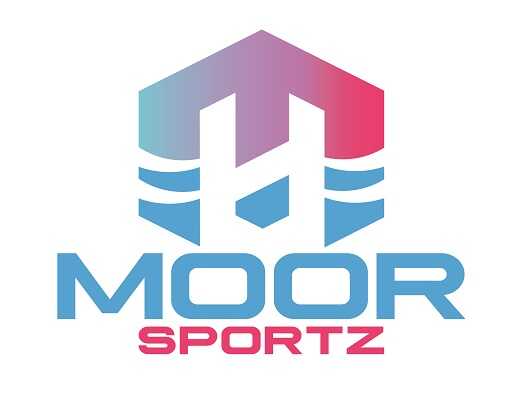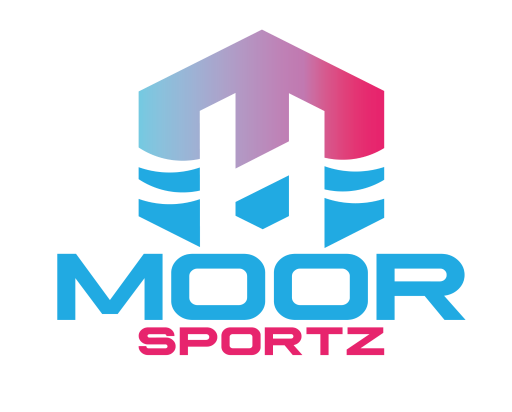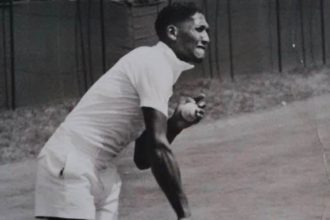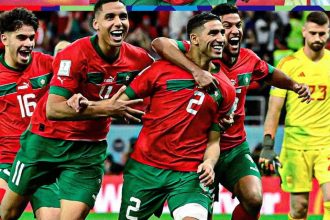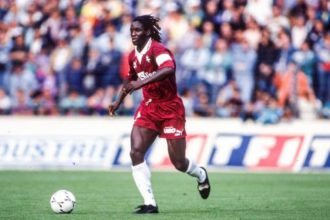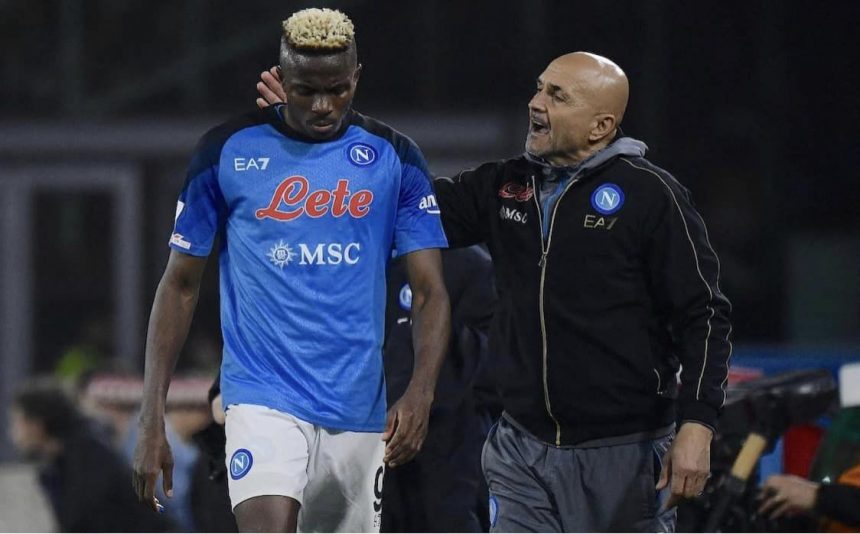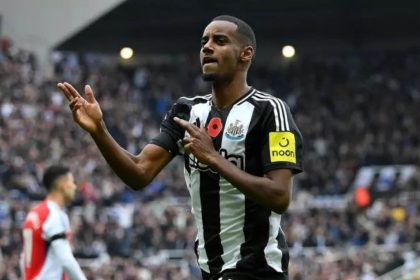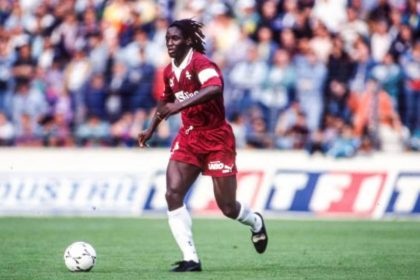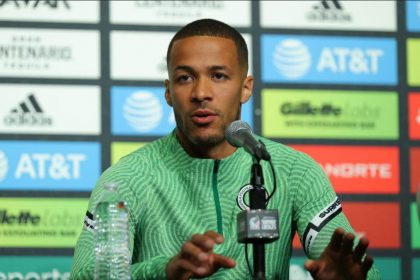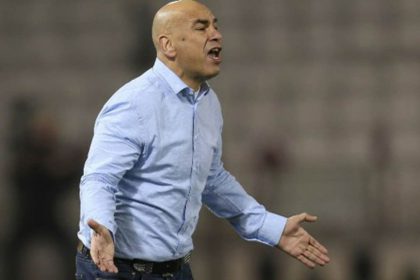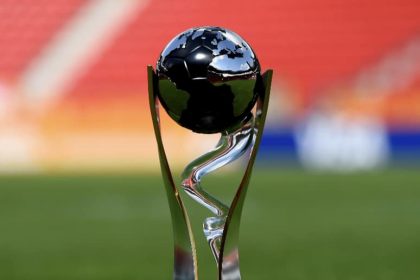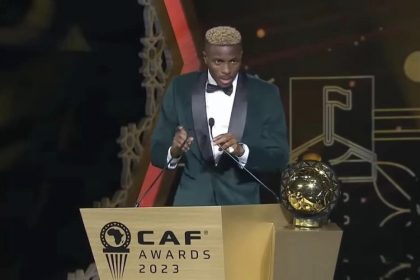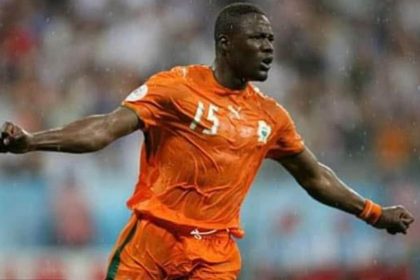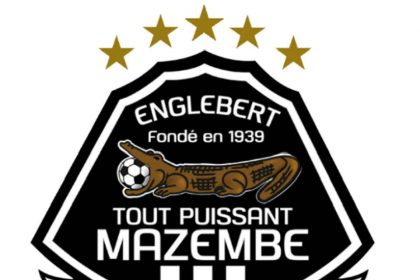Some couples are just meant to be together. None more so than Diego Armando Maradona and SSC Napoli of 1984; and Victor Osimhen of the same club 36 years later. Unbridled joy, hope and devotion heralded the signing of both men at the time of hopelessness and thirsts for honour in the city of Naples. They have both delivered. Here is the story of two separate marriages made in heaven.
Naples in the south of Italy, was a dysfunctional, downtrodden, yet hugely passionate city (particularly when it came to football) in the early 1980s. The residents suffered from mass poverty and unemployment.
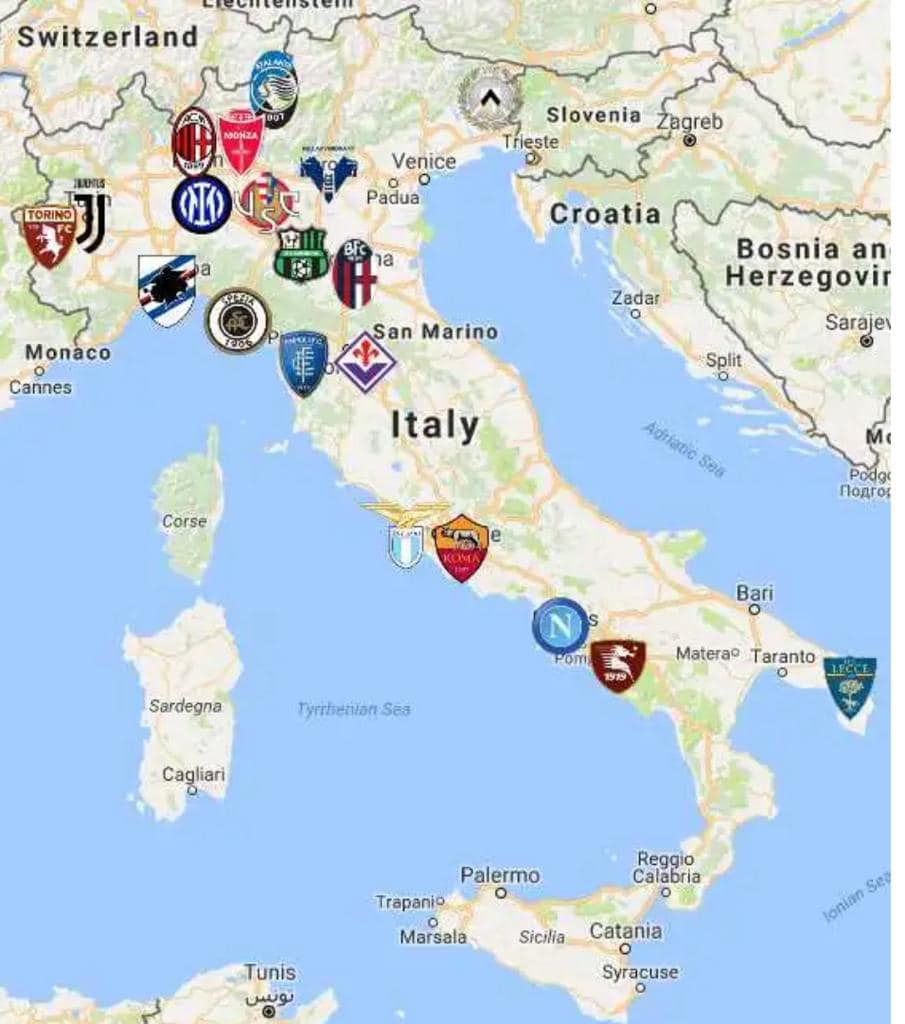
The picture was no different in the football arena. Before 1984, no team from the southern mainland had ever won the Scudetto. Napoli, despite its strong following, had narrowly avoided relegation in 1982-83 and 1983-84 – finishing a point above the drop line on both occasions.
Napoli’s fortunes began to turn around when the then Sporting Director, Antonio Juliano, travelled to Barcelona to negotiate Maradona’s signing, a then world-record fee of $10.5m (€12m). This deal was almost scuppered when the then Barcelona President Josep Lluis Nunez moved the goalposts at the last minute by demanding an extra $500,000 for the deal to go through. The Neapolitan people responded by making collections in the streets. Some sold their properties and exhausted their savings. All together, they helped make up the difference and the deal was done. That is how passionate the people of Naples are about their football.
After decades of little success, the Neapolitans could not wait to have a formidable club to topple the more established clubs of the Northern Italy.
The man who travelled to Barcelona to negotiate Maradona’s signing, Napoli sporting director Antonio Juliano, was from the slums of Naples himself. A legend during 15 years as a player with his hometown club.
Conversely, the clubs of Northern Italy had dominated Italian football for decades. Juventus, Inter Milan and AC Milan are, by decent miles, the biggest representations of northern affluence and power. Juve, bought in 1923 by the Agnelli family dynasty who also owned FIAT; Silvio Berlusconi, billionaire business man and media mogul, owned and transformed AC Milan into perennial champions; Massimo Moratti, an oil magnate and the chairman of Saras Group, founded in 1962 by his father invested hugely in Inter Milan to land the treble in 2010. All these confirmed the huge dichotomy between the prosperities of the North and abject poverty of the South, with the northern clubs seen as the team of the establishment. They remain the most successful clubs in Italy.
Napoli saw relatively little success in its early years, they won their first major trophy in the 1962 Coppa Italia. Napoli then saw increased success in the late 1970s (including their second Coppa Italia in 1976). The presentation of Diego as a Napoli player on July 5, 1984 heralded a completely new beginning.
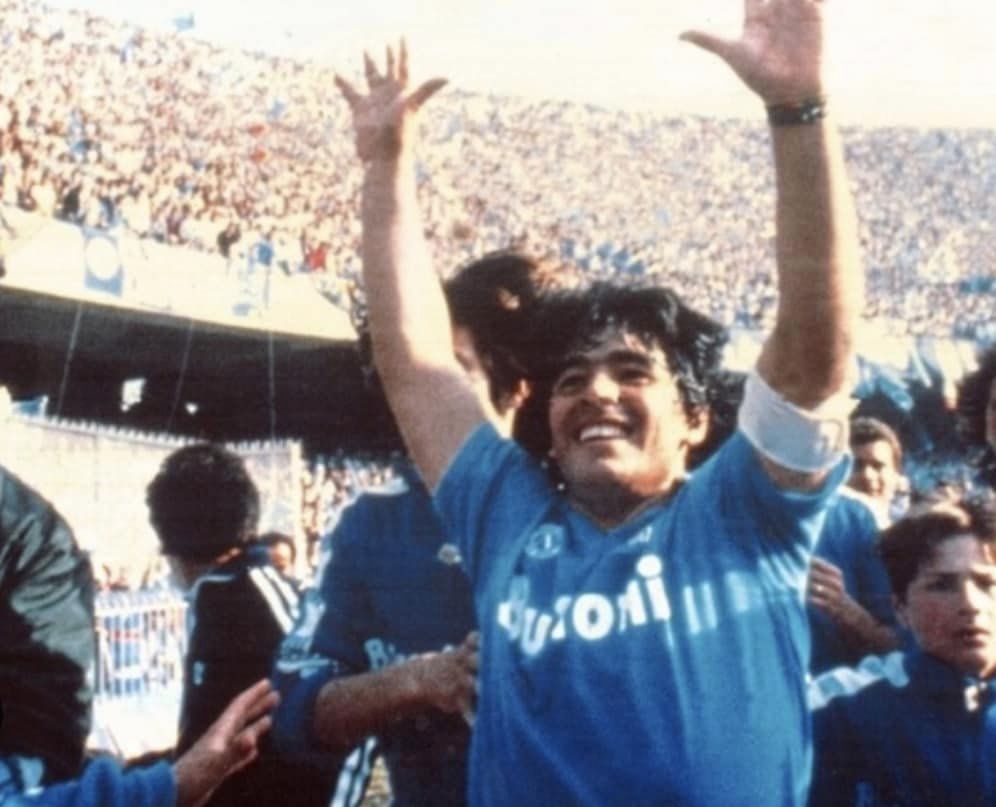
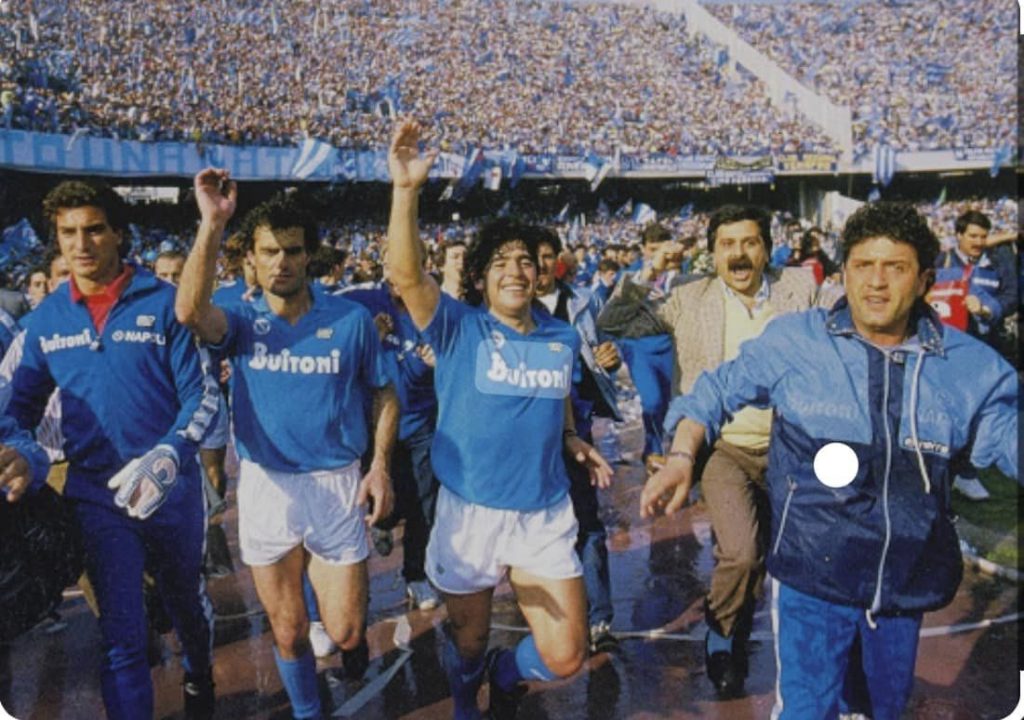
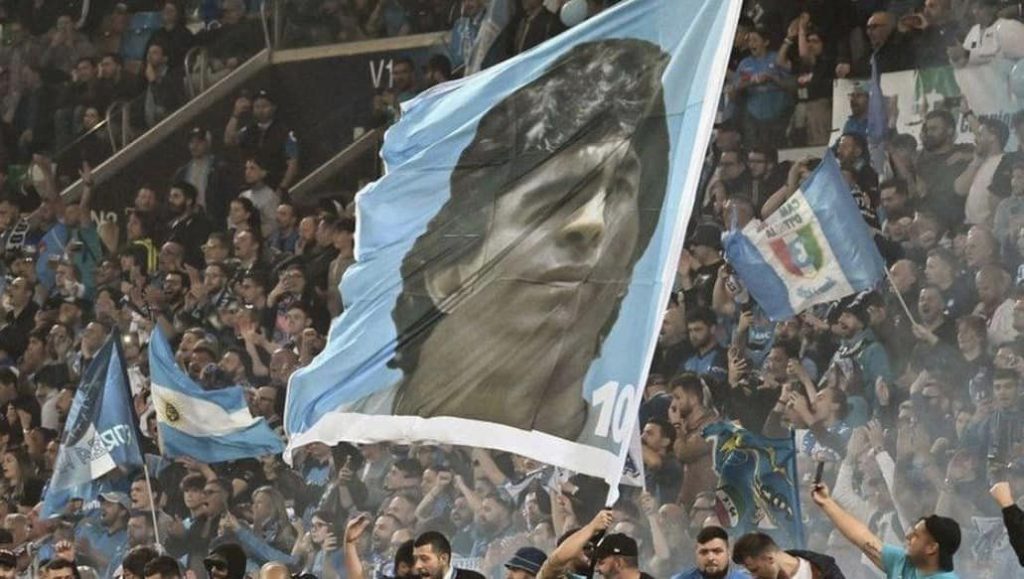
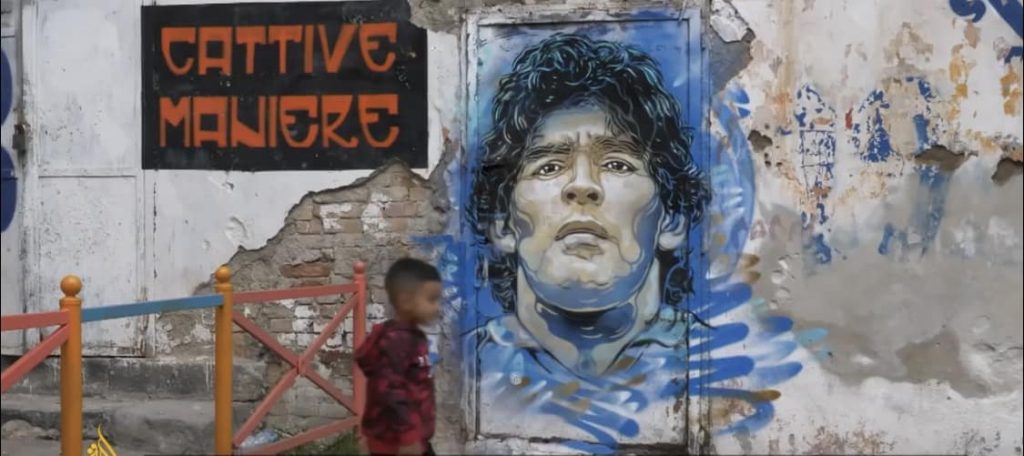
At the time, Serie A was by far the strongest and richest league in the world. Every team, right down to the bottom of the league, boasted world-class stranieri (foreign players); Platini, Boniek and Laudrup at Juventus; Van Basten, Gullit and Rijkaard at AC Milan; Rummenigge, Matthaus, Brehme and Klinsmann at Inter Milan; Falcao and Cerezo at Roma; Socrates and Passarella at Fiorentina; Elkjaer and Briegel at Verona; Zico at Udinese. The list goes on and on, hence it was nicknamed the “World Cup League”.
The rebuilding process was gradual, with the likes of Ciro Ferrara, Salvatore Bagni and Fernando De Napoli coming in. The rise up the tables was gradual too, by 1985–86, they came third on the league’s table, but better was yet to come. With the attacking trio of Maradona, Bruno Giordano, and Careca (nicknamed MaGiCa), the 1986–87 season was historic in Naples, with Napoli becoming just the third Italian team to win the double after securing the Serie A title by three points and then beating Atalanta 4–0 to lift the Coppa Italia.
SSC Napoli assembled and dissembled two fine Scudetto winning sides during this great era. Maradona himself did a great deal of scouting on the pitch during the early days of his Napoli career to help create a team around him to bring home the first league trophy of club’s history.
Luciano Moggi, also came in as Director of Football in 1987 to recharge the squad ahead of their UEFA Cup victory in 1989 and second Scudetto title in 1989-90 season.
Eventually the likes of Giuliano Giuliani, Giancarlo Corradini, Giovanni Francini, Ciro Ferrara, Alessandro Renica, Fernando Di Napoli, Alemão, Salvatore Bagni, Bruno Giordano, Careca, Andrea Carnevale, Garella, Romano, Crippa, Fusi, Maradona, Zola, Bertoni etc made the team thick during the 1986/87 league winning campaign. Napoli completed this first era that spanned 1984 to 1991 with two Serie A titles, six Coppa Italia titles, two Supercoppa Italiana titles, and one UEFA Cup.
Following this golden era Napoli struggled financially, and endured several relegations and a bankruptcy, prior to being re-founded in 2004 by film producer Aurelio De Laurentiis.
After Napoli went bankrupt in 2004 and were relegated to the third division of Italian Football, De Laurentiis’ injection of funds stabilised the club and after 2 promotions in 3 years, Napoli were back in Serie A.
They followed this by winning the 2012, 2014 and 2020 Coppa Italia titles; and the 2014 Supercoppa Italiana.
Despite the huge investments of Aurelio De Laurentiis since he acquired SSC Napoli in 2004, up till this season the club has yet to win the Serie A under his ownership. The closest it has come is the 2017–18 Serie A season, finishing second with a club record 91 points, 4 points behind champions Juventus. But the ambition to change the club’s fortunes and herald another fresh era kicked off again in 2020 when, on 31 July that year, Napoli stunned the whole football world by announcing the signing of Victor Osimhen from the French Lique one side, Lille OSC for a club-record fee of €70 million, potentially rising to €80 million with add-ons. This made him the most expensive African transfer to date in a direct replica of Antonia Juliano’s move on Maradona in the summer of 1984. This ignited a new age of rebuilding process targeted at winning the Scudetto and continental honours which has eluded the club since the departure of the generations of the 1984 to 1991.
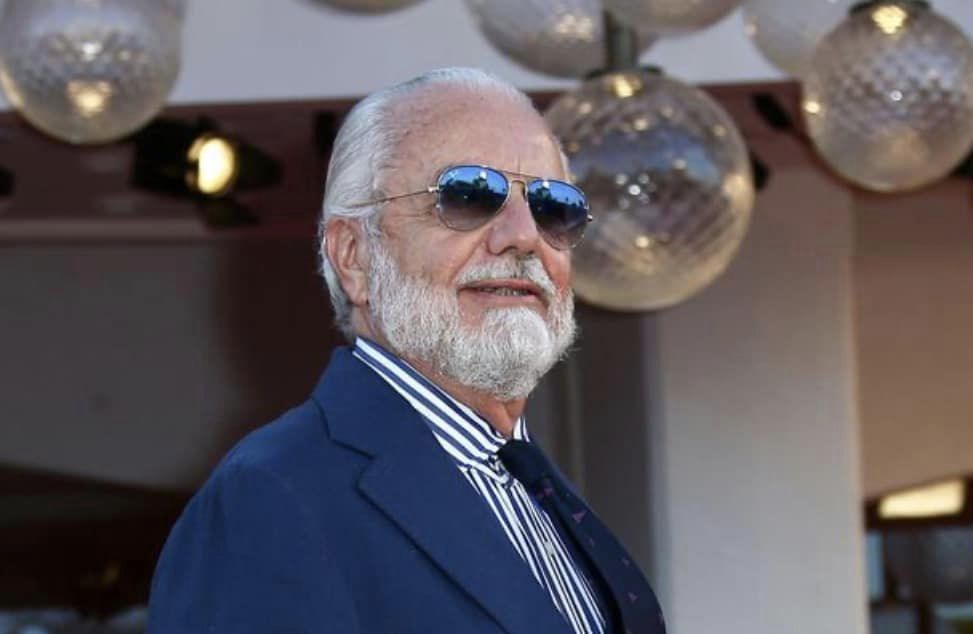
After Diego Maradona died on 25 November 2020, the city’s mayor Luigi de Magistris and Napoli president Aurelio De Laurentiis proposed renaming the stadium in Naples “Stadio Diego Armando Maradona”, and on 4 December 2020, the proposal was passed by the City Council. This was like the reincarnation of Maradona sort of in Victor Osimhen, the ghost of Diego seemingly resurrected in the Nigerian international.
Walter Mazzarri, Rafael Benítez, Maurizio Sarri, Carlo Ancelotti and Gennaro Gattuso were few of the globally renowned tacticians that attracted the attention of the hugely ambitious Aurelio De Laurentiis in his desperate quest to replicate the history that occurred between 1984 to 1991 in Naples. But the Holy Grail of the Neapolitans of this generation is ‘the Scudetto and continental trophies’, and since all these great Managers fell short of these minimum expectations of the inhabitants of this ancient city, the results were natural exits of this great men from the club.
When, in the 2021–22 season, Luciano Spalletti replaced Gennaro Gattuso as head coach, the minimum expectations of the SSC Napoli’s hierarchy from him was clear-cut. Seeing the calibre of managers that have been shown the exit doors since the second era that started in 2004 under the leadership of Aurelio De Laurentiis in his expected matching return for his huge investments so far, Spalletti had to come up with winning formula and this he was expected to do in haste.
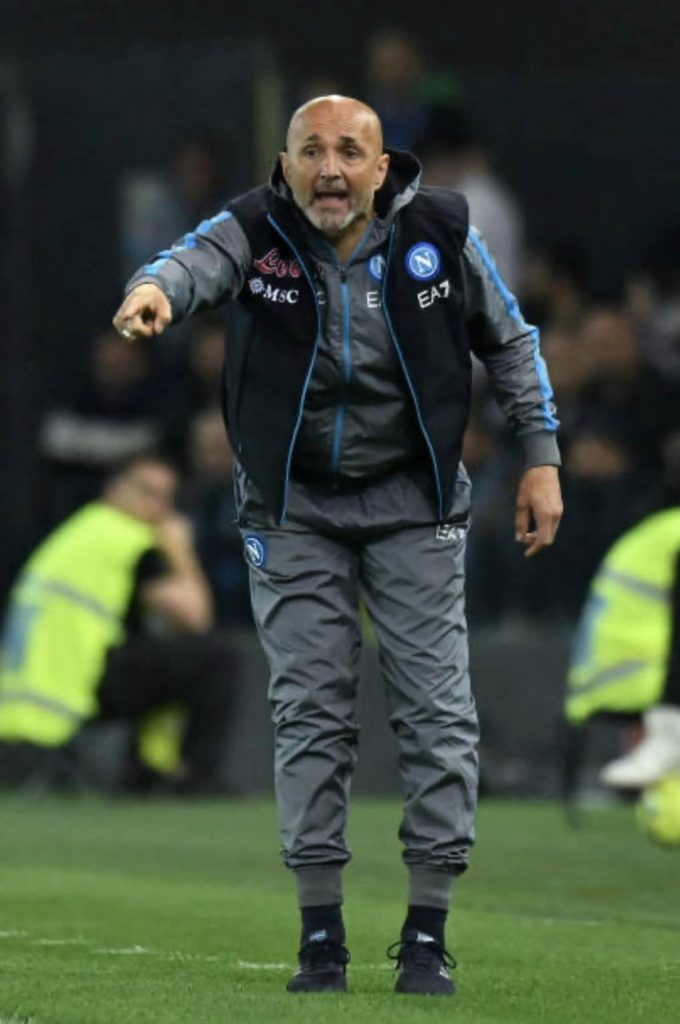
Spalletti quickly centred around attack-minded total football and the emphasis has been on quick but careful possession, involving one and two-touch play and balanced width from both sides. To accomplish this fast-paced approach the hugely experienced but tired legs like Koulibali – 31, Insigne – 31, Ospina – 33, Mertens – 34 etc had to give way for new injections like the Korean Kim Min-jae (26), Slovak Stanislav Lobotka (27), and 21 year old Georgian prodigy Khvicha Kvaratskhelia. The only remaining player that is not below 30 years of age in the “new look” team is the Portuguese left back Mário Rui. This is so instructive of Spalletti’s intent this 2022/23 season.
Spalletti immediately led the team to the third place in Serie A at his first call, securing a Champions League spot for the azzurri after a two-years absence before he took over as the manager in the summer of 2021.
Since Kvaratskhelia, Politano, Zielinski and Victor Osimhen are natural sprinters they automatically formed the core of Spalletti’s new team, with André-Frank Zambo Anguissa as the fulcrum. The most striking difference in Spalletti’s Napoli since taking over has been the vast increase in possession and control. No team has kept more of the ball than Spalletti’s side (59.3%) in Serie A this season.
Since taking over from Gennarro Gattuso in May 2021, Luciano Spalletti has turned Napoli into one of Serie A’s most formidable units. Playing with the freedom and attacking intent that has long been a hallmark of Coach Luciano Spalletti’s sides throughout his career, the impressive score lines have piled up week after week across all competitions and the arrowhead of this revival is Victor Osimhen.
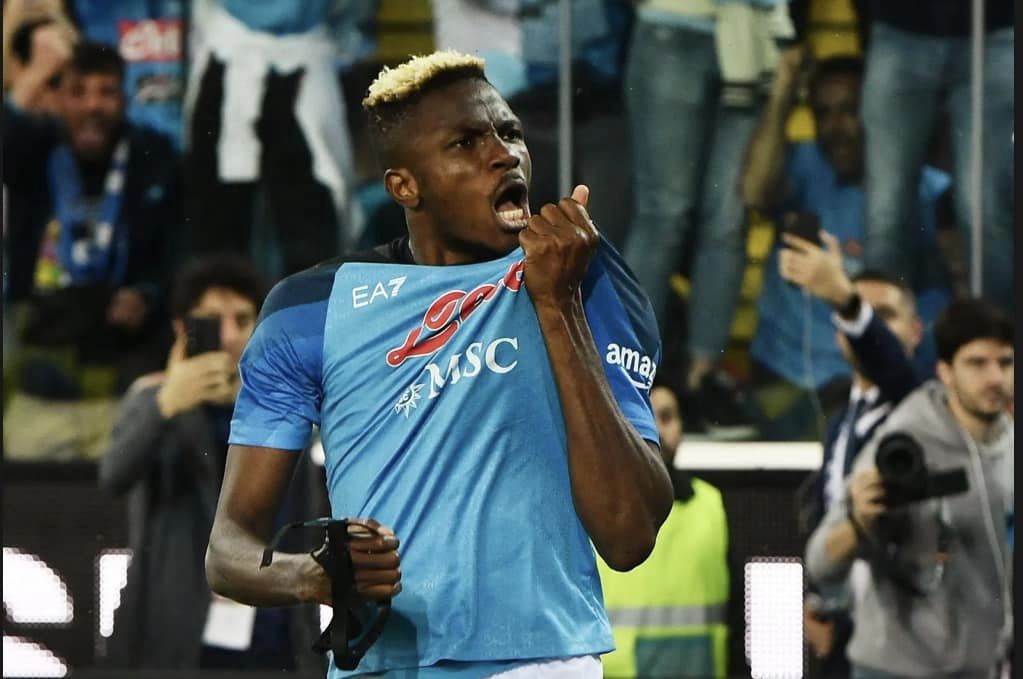
Victor Osimhen is unlike any striker playing in Serie A. He’s powerful, blessed with lightening quick pace, and can skip past players when given the opportunity and this fits perfectly into Spalletti’s philosophy. From the outset, Osimhen and Napoli have shown that the 2022/23 campaign was going to be theirs, starting with a 5-2 demolition of Hellas Verona in the opening round where he registered one goal and an assist.
Victor stepped into Italy at the peak of the global pandemic and tested positive to COVD-19, then a fractured eye socket and injured shoulder would only add to Osimhen’s struggles. Those issues ultimately limited him to just 39 Serie A starts across his first two seasons in Naples, but the 24-year-old began the current campaign finally healthy and looking to show his true value.
Osimhen’s Napoli continued where Maradona’s stopped by continually moving the ancient barriers of the Southern Italy. For the first time in the history of Napoli the club crossed the rubicon of round of 16 in European cup/Champions’ League this season and finished in the last eight.
African records in Serie A have also been completely shredded by this pacy Nigerian international on a personal level. Before now the Liberian, George Weah’s 46 goals in 114 appearances for AC Milan have been the highest Africa’s record in the history of the Italian league but Victor Osimhen as at today has scored 46 goals in 78 appearances (still counting) since he arrived Napoli FC on July 31, 2020 to equal that.
He has also thrown the 12-year old Cameroonian Samuel Eto’o 21 goals in Inter Milan (2010-11) as the African highest scorer in a single season into the dustbin of history to become the highest African goal scorer in Italy with 22 league goals with 5 more matches yet to the end of the season.
The Partenopei are champions of Italy once again. A point away to Udinese was enough to bring the Serie A trophy back to Naples for the first time in 33 years.
Hence, the gritty Port City erupted into riotous joy immediately the referee blew the whistle 842 km away far North in the City of Udine.
Now the festival can begin. Preparations have been at fever pitch since the beginning of the new year when Napoli created a huge 14-point gap between them and the closest club on the league table. Victor Osimhen’s face-mask (worn after he sustained a cheekbone injury) now adorns cakes across the southern city. Fans line up in long queues to buy replica masks from stalls outside the stadium. In the week of February 22 during a carnival when kids were supposed to dress like their heroes, Victor’s costumes on kids took over the whole show, creating a real spectacle. In addition, a song composed by musician Alex Garini about the striker went viral in the month of February. The music celebrates his goal-scoring ability and his grit to defy the odds.
Victor has now reached cult status with his dedication to the team, his embrace of the fans that we see when he celebrates his goals and how they in turn have begun to infuse him into daily life.
He has now become a Maradona-esque figure in Naples and the whole of Southern Italy.
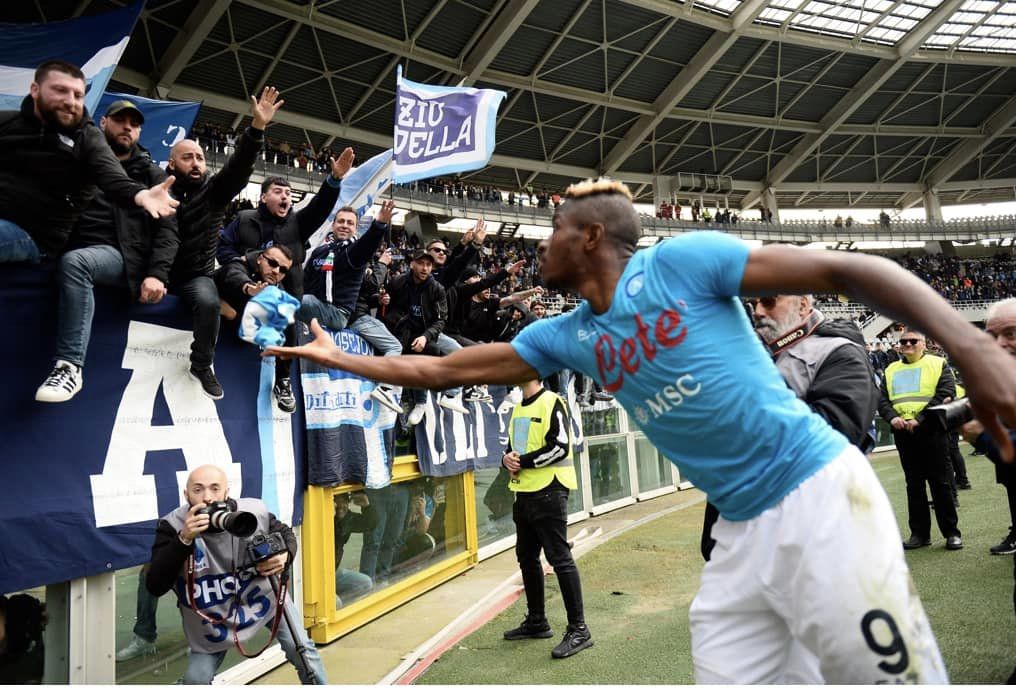
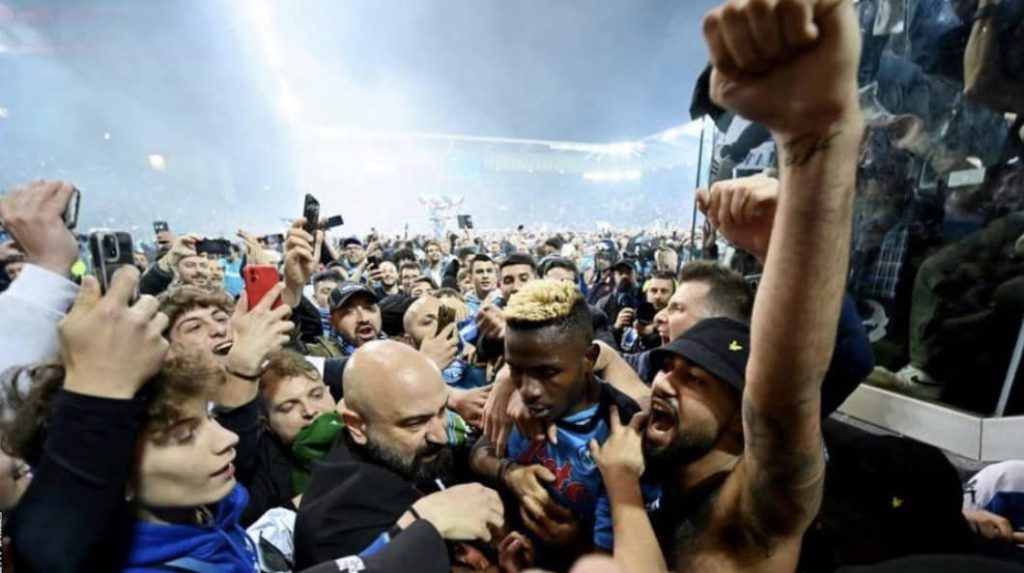
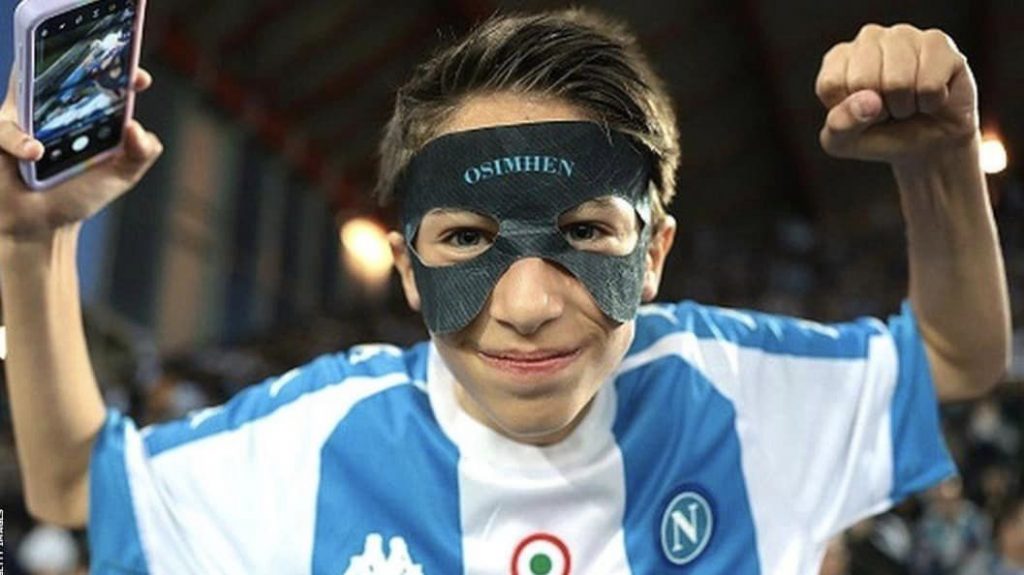
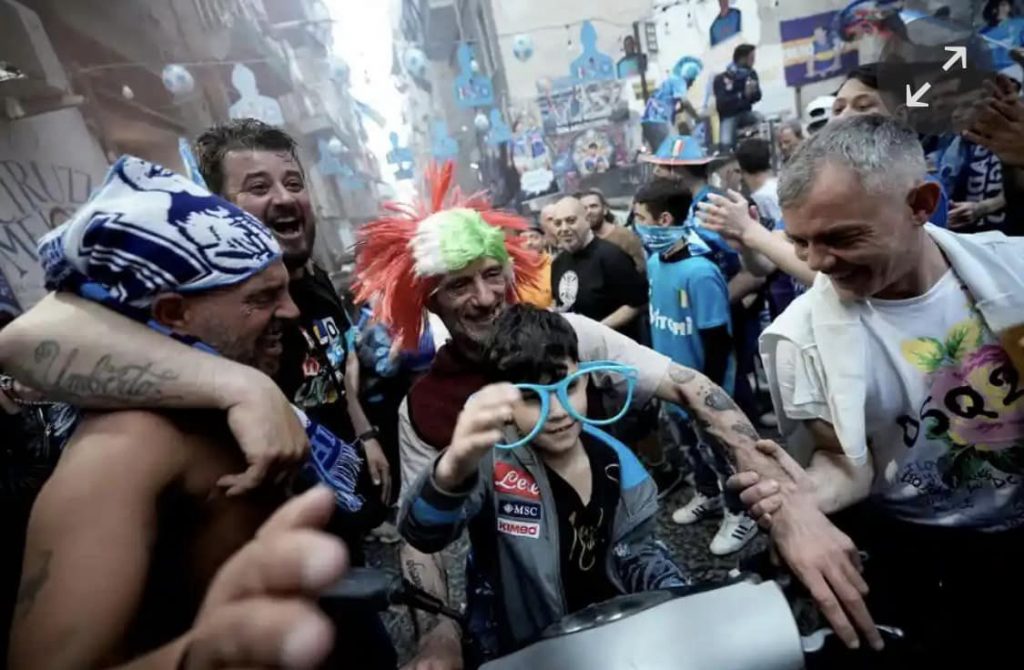
Victor Osimhen has captured the heart of a gritty, working-class port city completely. How far can he take Napoli? Will he stay long enough with the club to deliver the Champions League, a title not even the great Maradona brought home to Napoli? Only time will tell.
For now, Osimhen and Napoli are riding the crest wave of a season that has gone beyond all imaginations, a season that has seen the club crowned as the Campeone of Italy once again. Napoli, the club of Maradona, is back on top!!!.
Please follow the link below to subscribe to our YouTube channel to watch our latest exclusive interview of Victor Osimhen: https://youtube.com/@moorsportz
References:
- “Napoli’s greatest XI of the Diego Maradona era – without Maradona.” By Henry Bell, June 2021;
- “38 years ago today, Diego Armando Maradona joined Napoli.” By Rodrigo Serrano July 5th, 2022;
- Carlo Garganese Forbes Magazine, October 2021;
- “Napoli beats Juventus on penalties to win Coppa Italia final; Ronaldo, Buffon denied title.” by Gonzalez, Roger (17 June 2020).
(Edited by Chris Adetayo).
Contributions from Chris Adetayo
